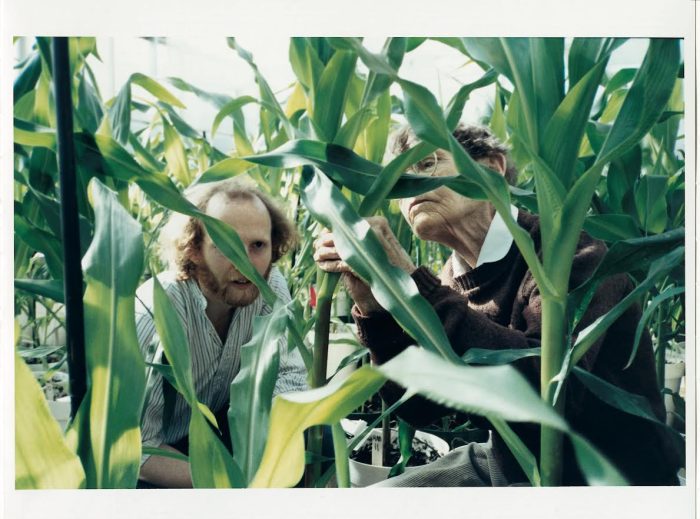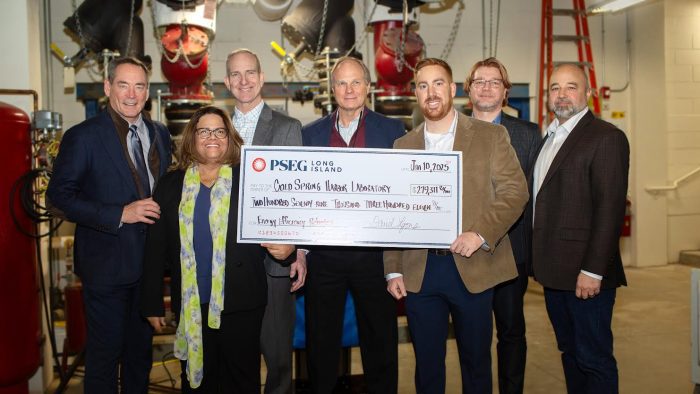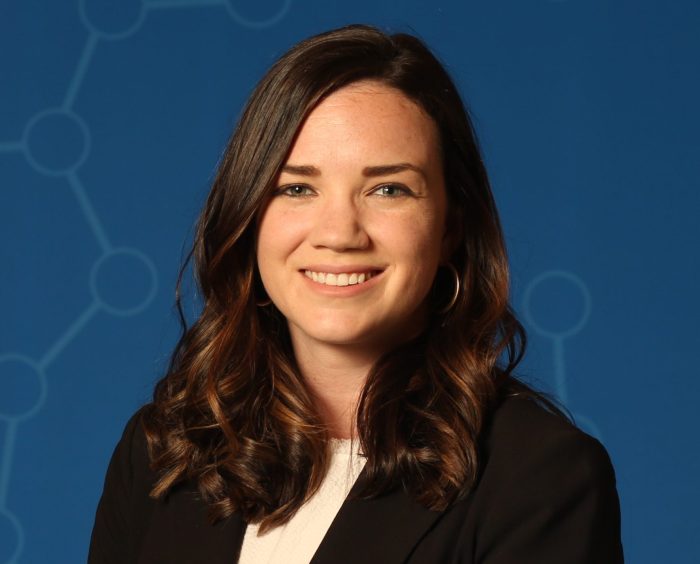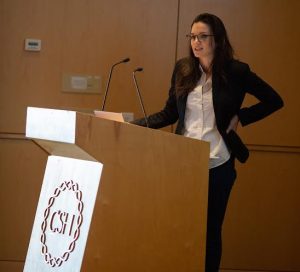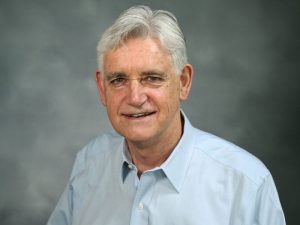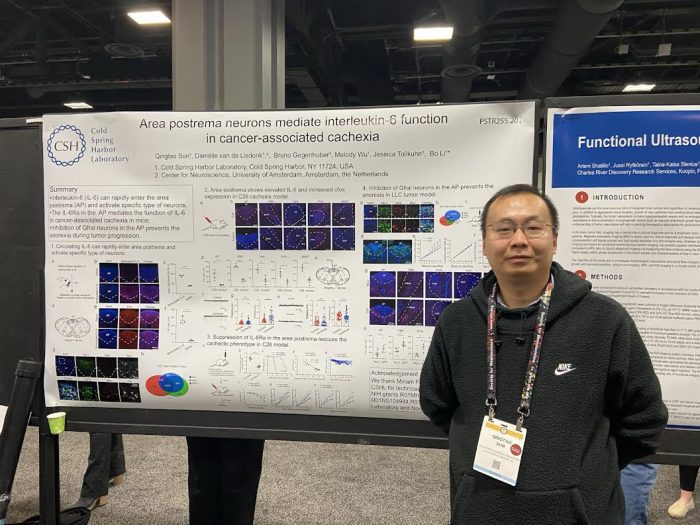By Daniel Dunaief
Cells, like the organisms they are a part of, are trying to balance between staying the same and making the kind of changes that might save a life or increase fitness.
At the cellular level, pieces of important genetic information, called small RNA, have the ability to introduce important so-called epigenetic changes. These alterations allow an individual to survive a potential threat, such as a disease or a toxin in the environment, without altering their DNA.
In a recent publication in the journal Nature Structural & Molecular Biology, scientists at Cold Spring Harbor Laboratory and the University of Cambridge demonstrated that a slightly altered form of uridine, which is a combination of the base uracil and ribosome, can act as something of a master key throughout nature.
“When you see something like that conserved in plants and animals, it has to be basic in terms of inheritance or mechanisms,” said Rob Martienssen, a Howard Hughes Medical Institute Investigator who has been at CSHL since 1989.
Indeed, pseudouridine guides epigenetic inheritance, which, unlike a mutation, can represent a temporary change in gene function.
Pseudouridine helps transport small RNAs into reproductive cells in both plants and mammals.
Without pseudouridine, these small RNAs that lead to epigenetic changes can become the target of the body’s immune system, which reacts to anything that introduces changes into the genetic machinery as a potential threat, such as a virus.
The body’s Rig-1 pathway, which monitors the extracellular space for foreign genetic material, triggers a cascade of reactions that lead to the release of interferon by white blood cells.
“We think a conserved protein called RTL1 might provide this function in plants (and animals),” explained Martienssen.
Pseudouridine can signal to the body that these genetic codes that are heading towards the nucleus are “self,” keeping the immune system’s reaction at bay.
“It is known that pseudouridine (and other RNA modification) prevent recognition of long RNA as a virus by human cells and we think the same is true in plants,” Martienssen said.
Some viruses have effectively slipped behind the immune defenses by incorporating pseudouridine into their codes. The most famous example of this, Martienssen suggested, is the Human Immunodeficiency Virus, or HIV.
Parasitic nematodes and plants also transfer small RNA into the plants they are parasitizing.
Martienssen speculates that those RNA depend on pseudouridine. In his current experiments, he is testing that hypothesis.
Vaccinations
The immune system initially treated the developing mRNA vaccines that were so instrumental in providing an immune defense against COVID-19 as a viral threat, rather than a potential life-saving shot.
A strong immune response prevented the vaccine from providing any benefit.
By adding pseudouridine, among other chemical modifications, to the mix, the pharmaceutical companies created vaccines that functioned effectively without triggering an immune reaction that would otherwise block their effectiveness.
By contributing to a filter that evades immune detection, pseudouridine can also enable the kinds of epigenetic changes — apart and aside from human intervention — that contribute to survival during challenging conditions.
Small RNA that contains pseudouridine can induce epigenetic changes that might be caused by the environment or some disease, enabling an important alteration in the genetic code that could protect an individual against harm.
Martienssen and his team believe pseudourilyation is required to get into the germ line, the cells that are a part of contributing to the next generation. He believes pseudourilyation might also make the germ line more stable.
Martienssen’s collaborator from Cambridge, Tony Kouzarides, independently found pseudouridine in mouse small RNA.
Shorter term changes
As for the long term impact of these changes, epigenetic inheritance typically only lasts a half a dozen generations in animals like worms.
Well known enzymes, such as demethylases, can remove epigenetic marks over time, as several mechanisms are trying to “clean up” the genome before these changes become permanent.
Lower organisms, such as fungi, can become epigenetically resistant to drugs. Epigenetics gives them a lot more variation than they would otherwise have had under natural selection.
An example includes cryptococcus, an infection that can be deadly for immunocompromised people, Martienssen explained.
About five percent of the bases in ribosomal RNA are pseudouridine and 100 percent of ribosomal RNA molecules have these bases rather than uridine at these locations.
Martienssen interfered with the process in his experiments by knocking out an exportin, which is a protein required to export small RNAs. He was able to knock it out without killing the plant.
English origins
Martienssen grew up in Essex, England by the Blackwater estuary near Maldon, which is famous for its sea salt.
Martienssen lived his childhood close to London. Long Island and New York City remind him of home.
When he was eight years old, his father Anthony Kenneth Martienssen gave him the book “The Double Helix’ by former CSHL chair and Nobel Prize winner James Watson.
Martienssen’s father was an author and an aviation consultant who pioneered computer guided air traffic control, his son said. The family recently reprinted some of his father’s books from 50 to 75 years ago.
When he arrived at CSHL, Martienssen worked with Nobel Prize winner Barbara McClintock, who studied transposable genetic elements.
“She showed me how to isolate male germline cells (pollen precursors) from maize plants,” Martienssen recalled. “She told me not to make models, but to stick to the observations.”
McClintock’s earlier models had been more accurate than she realized at the time, he said.
As for his study of epigenetics, Martienssen explained that such alterations are “amazingly useful” in theory, as they can “be induced in many individuals at the same time (random mutations would only occur in one individual at a time), inherited, but then reversed when conditions change.”

